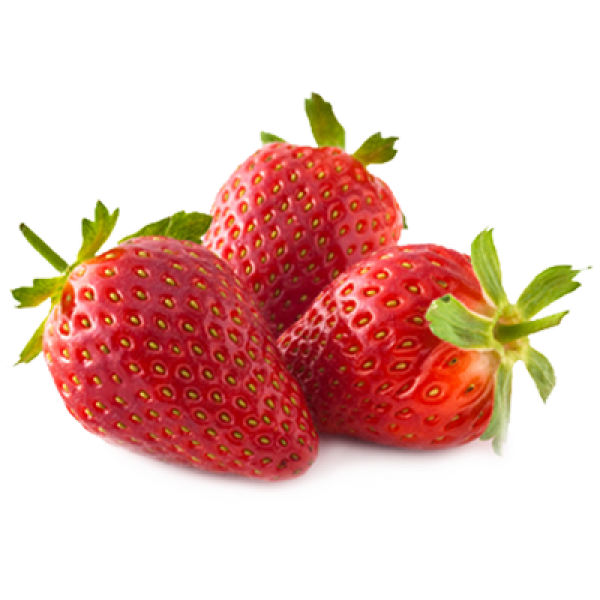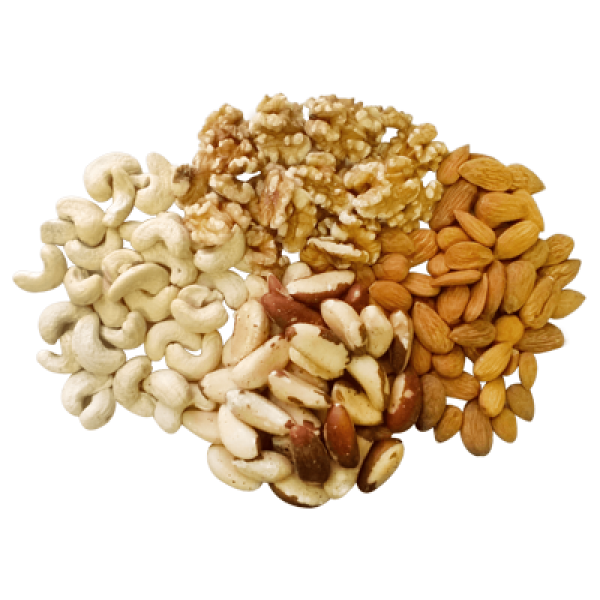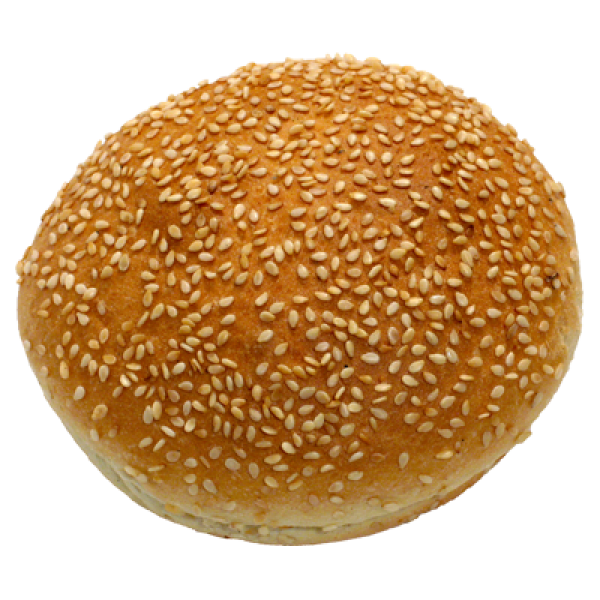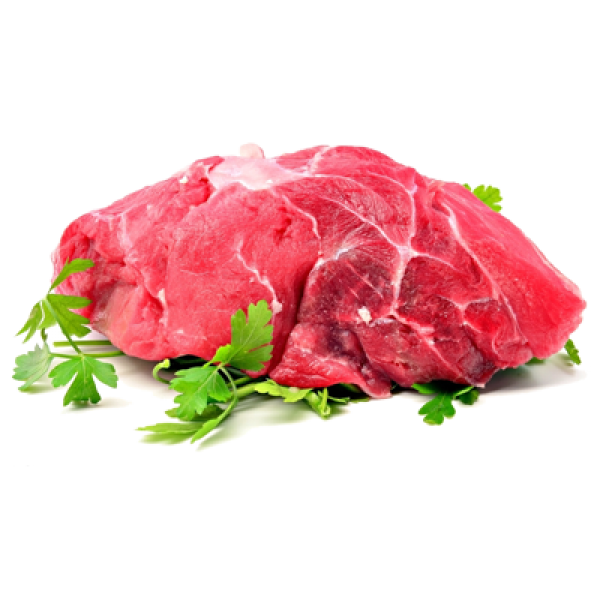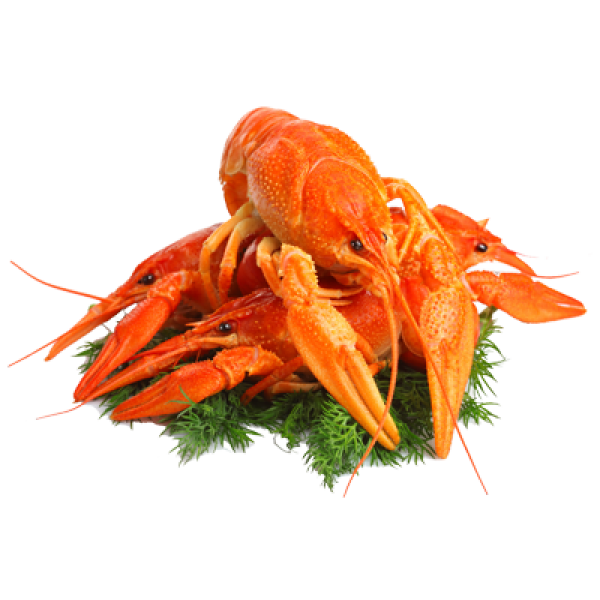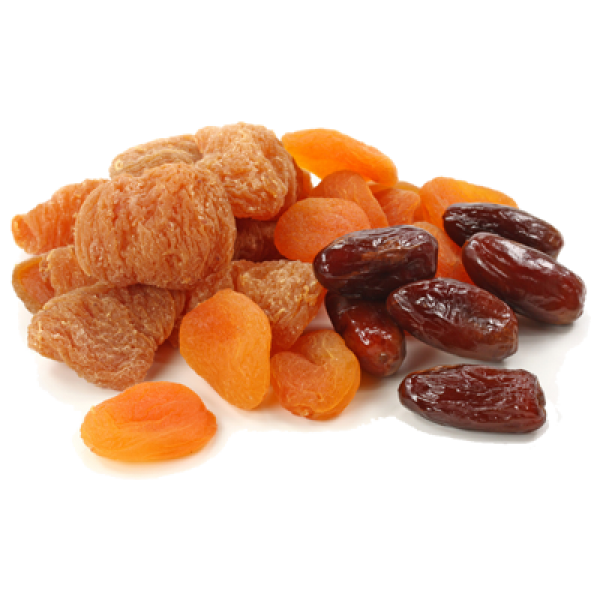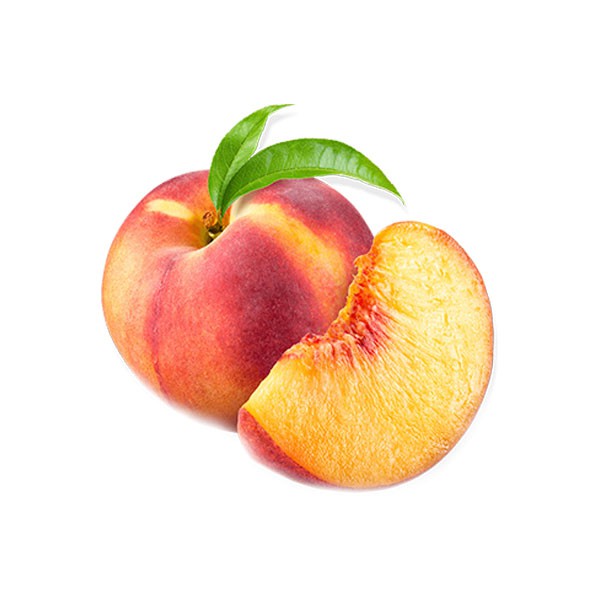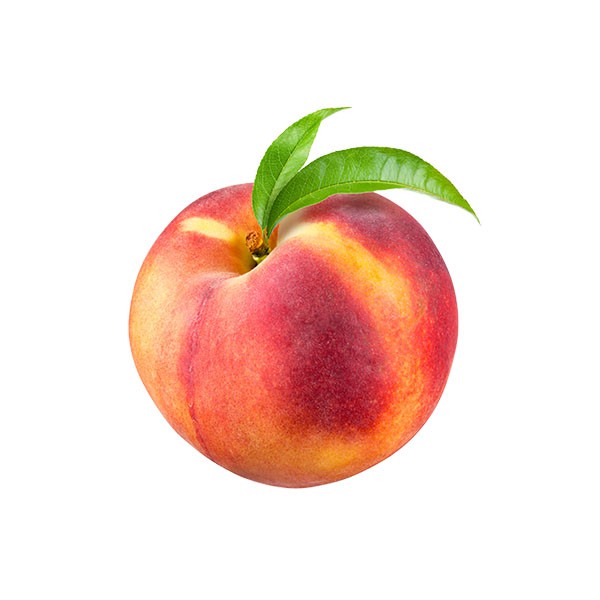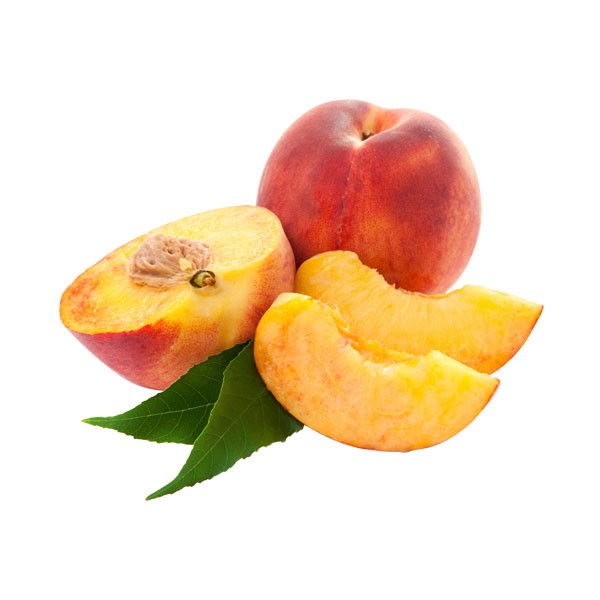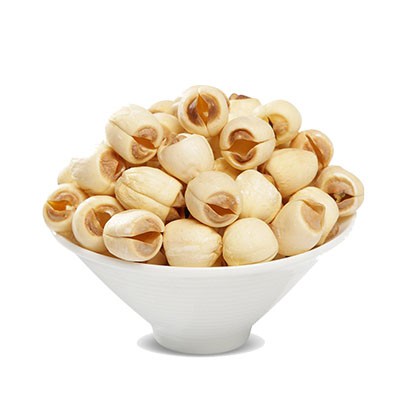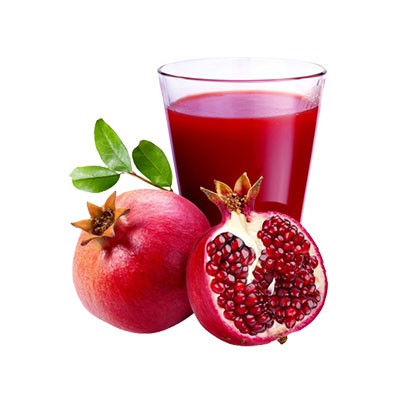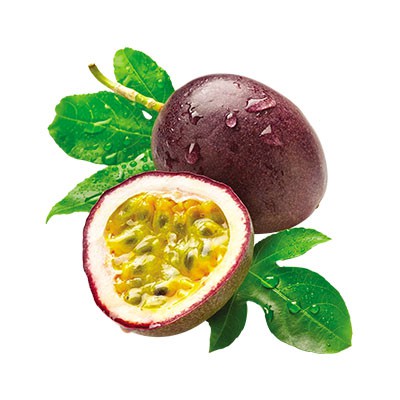The peach (Prunus persica) is a deciduous tree that was first domesticated and cultivated in the Zhejiang province of Eastern China. It belongs to the genus Prunus, which includes other fruits like cherries, apricots, almonds, and plums.
Description
- Tree: Peach trees are typically small to medium-sized, growing up to 10 meters (33 feet) tall, but usually around 3-4 meters (10-13 feet) in cultivation. They have a rounded crown with upwardly-reaching branches - Gardenia](https://www.gardenia.net/genus/prunus-persica).
- Leaves: The leaves are glossy green, lance-shaped, and long-pointed.
- Flowers: The flowers are usually pink but can occasionally be white. They appear in early to mid-spring before the leaves unfold - Gardenia](https://www.gardenia.net/genus/prunus-persica).
- Fruit: The peach fruit develops from a single ovary and has a fleshy, juicy exterior with a hard interior called the stone or pit. The flesh can be white, yellow, or red, and the skin is usually downy or fuzzy. Peaches with smooth skins are called nectarines.
Cultivation
- Climate Peaches thrive in warmer temperate regions and require winter cold to satisfy their chill requirements - Gardenia](https://www.gardenia.net/genus/prunus-persica). They are usually hardy to USDA zones 5-9 - Gardenia](https://www.gardenia.net/genus/prunus-persica).
- Soil: They prefer moist, slightly acidic to neutral, well-drained soils - Gardenia](https://www.gardenia.net/genus/prunus-persica).
- Pruning: Peach trees require more severe pruning than most other fruit trees to maintain their shape and productivity - Gardenia](https://www.gardenia.net/genus/prunus-persica).
Uses
- Culinary: Peaches are widely eaten fresh and are also used in pies, cobblers, and canned products. Yellow-fleshed varieties are especially rich in vitamin A.
- Cultural Significance In several East Asian cultures, the peach fruit is regarded as a symbol of longevity.



